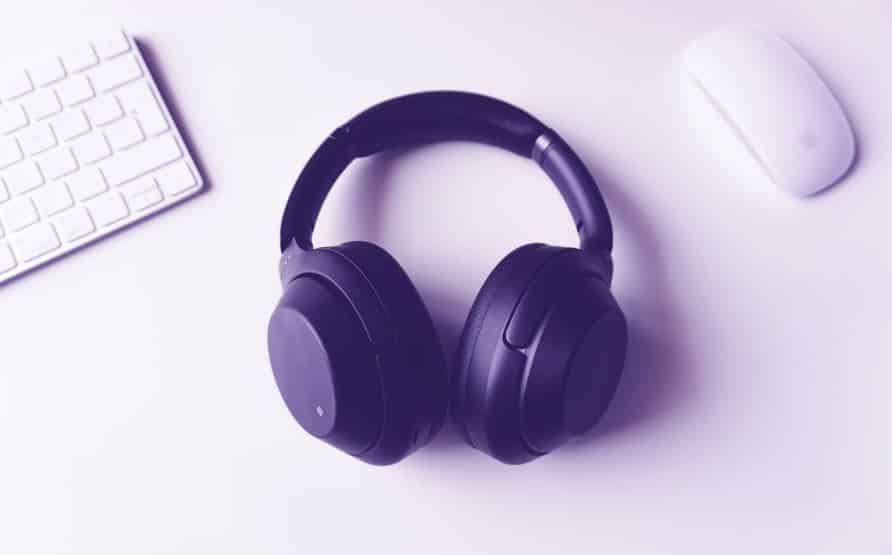3 Ways to Improve the Sound Quality of Your Headphones

Making your gear sound cool is no easy task. But the sound quality is essential when you are working out, choosing the betting lines, or watching a movie. Even if it’s just regular headphones and not a stereo system that costs thousands of dollars. But the most important thing to remember is that it all rests on three main components: the source, the receiver, and the content.
The easiest, yet most costly way is to buy good headphones. You can’t do anything with low-quality earphones for $3 because the problem is the gadget itself. Of course you can get decent quality for a lesser than a premium price but that will required a few minutes of researching. Always look at a detailed review from multiple sources of a model before considering it. But if you have something more decent, you are probably not using them to their full potential, and the sound quality can be noticeably better.
Sound Source
Sound quality depends on what you’re listening to music, playing games, or watching movies on. If the source can’t produce a lush and detailed sound, even the most expensive headphones will play flat and inaudible. But in most cases, this can be corrected without completely replacing your equipment.
If you connect your headphones to your computer or laptop via a 3.5 mm jack, the problem is solved by buying a separate sound card. The built-in sound on most motherboards is of poor quality. Music can seem inexpressive.
Content
It is important not only what but also what to listen to. Modern streaming services like Apple Music and Spotify, convenient to use, but the issue of content quality remains open. For example, Spotify uses Ogg Vorbis codec up to 320 kb/s, Apple Music uses AAC up to 256 kb/s, and Deezer uses the familiar MP3 up to 320 kb/s. Note that you can only compare bitrates within the same format. AAC 256 kb/s will be no worse than competitors with 320 kb/s. In any case, all these are so-called lossy compression formats. In other words, you will not be able to restore the original CD recording.
To finally understand if the streaming service’s sound is satisfactory for you, you need to compare it with a quality source. You will need lossless audio storage formats like FLAC and ALAC. You should especially notice the difference between tracks you are familiar with. Often you will find a whole new detail, a more articulate and powerful bass or a less rattling treble.
However, the difference depending on the track may not be significant. Some recordings are well optimized for streaming services. Apple, for example, has the Apple Digital Masters program, which ensures that the sound exactly matches the author’s intent. This is by no means a replacement for the lossless format, though.
Equalizer and Other Settings
About the equalizer, it is difficult to meet a consensus. Some say that equalizer is always a distortion of the music and it is better not to touch anything, while others believe that it can be used to tune the sound to your liking.
In simple terms, the equalizer allows you to adjust the volume of the sound of a certain frequency: to mute it or, on the contrary, to emphasize it. In this way, you can adjust the sound of your headphones or speaker system. For example, some cheap computer speakers produce a rattling sound instead of bass, so it would be reasonable to mute the low frequencies.
It is impossible to learn how to tune the equalizer from the get-go – it is better to use presets. Just choose the mode that you like best. Although the best results can be achieved just by manual tuning directly to your equipment and hearing.